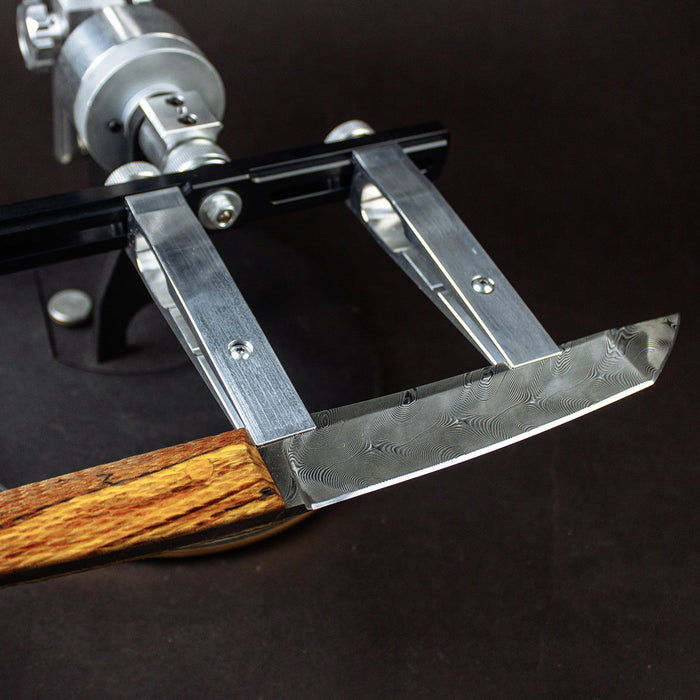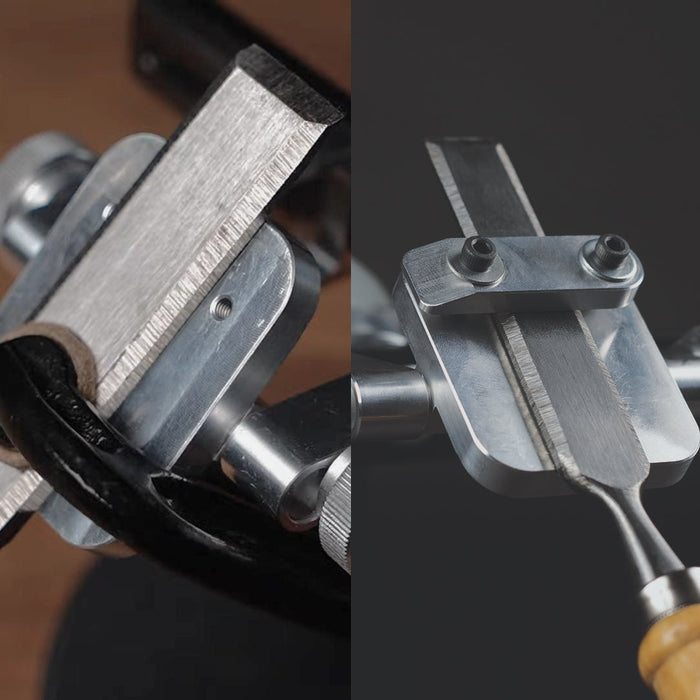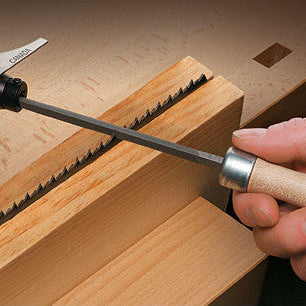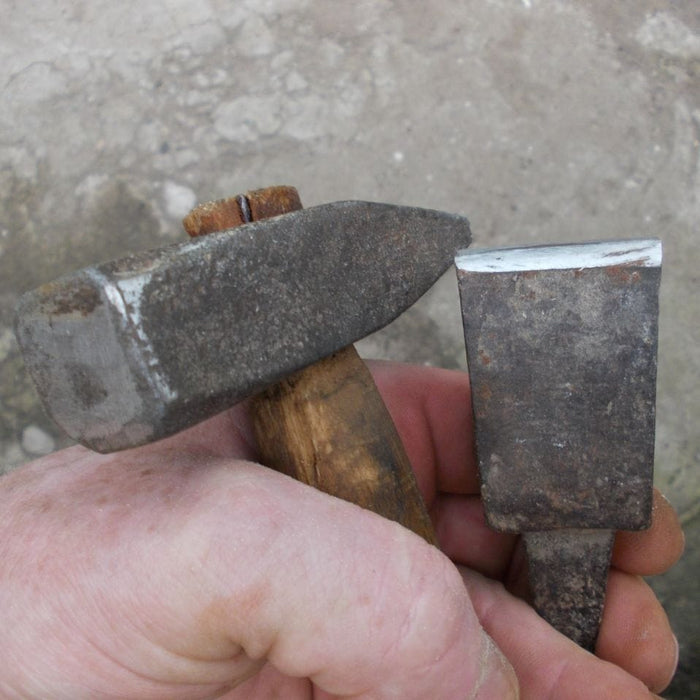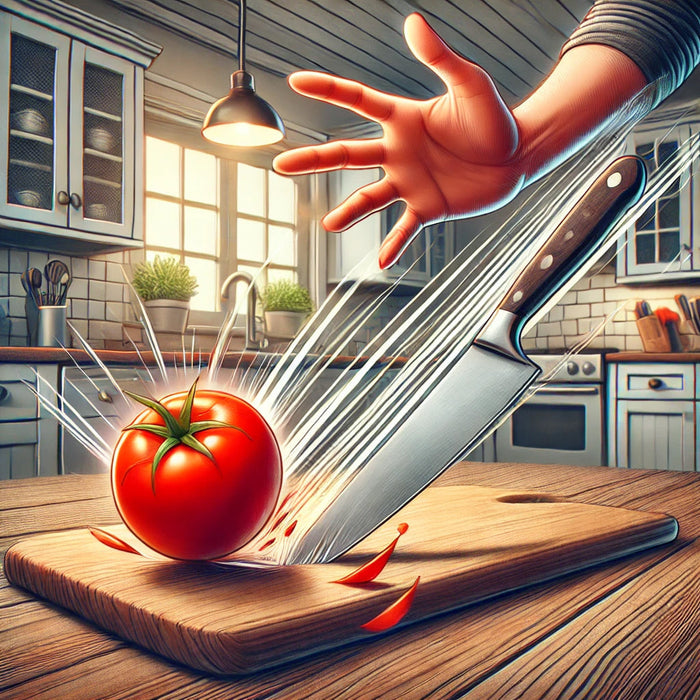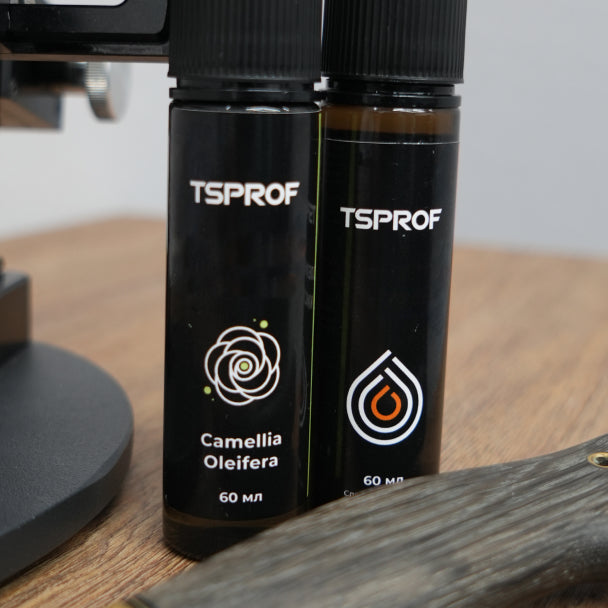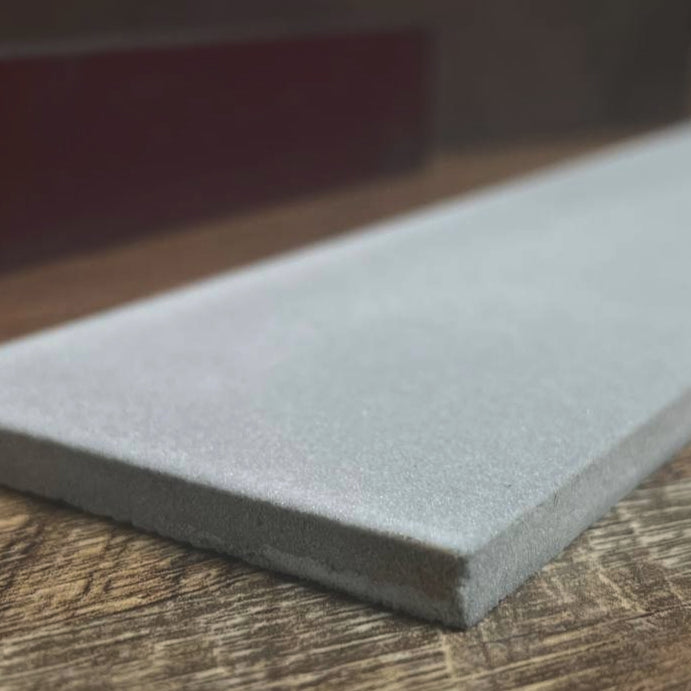
Best Grit For Sharpening Knives
Briefly on abrasive grit The grit of an abrasive material, in our case a sharpening stone or whetstone, should be understood as the average size of grinding particles within a fraction, measured in specific units. If we speak about choosing...



